You don’t have to be a sports competitor to get that annoying fungus on your foot. Here’s why you might be more prone to athlete’s foot than others, and what to do about it.
Unfortunately, the itchy, scaly toe plight commonly referred to as athlete’s foot affects about 25 percent of the population at any given time. (1)
Symptoms can range from a mild, itchy rash between the toes to blisters, discolored toes, and cracking skin.
Want naturally radiant skin? We’ve created a FREE guide to give you the best tips & tricks for natural skincare.
Click here to get your FREE copy of our Skincare Guide!
What Is Athlete’s Foot?
Athlete’s foot is caused by exposure to the fungus Tinea pedis. And while it’s usually associated with athletes (surprise) and sweaty feet, there are several external and internal conditions that can cause athlete’s foot. Namely:
- Handling infected towels or walking on infected surfaces
- Wearing tight, damp shoes
- Having a weakened immune system and/or gut flora imbalance
The first two causes are obviously environment-related. However, your susceptibility to any type of fungus has a lot to do with how your immune system is functioning and the state of your body’s bacteria, or “flora”.
When bad bacteria take over, it becomes easier for the body to become infected and for those infections to spread. You can check out more in the bonus section below on how to balance your inner microflora to help prevent infections like athlete’s foot.
7 Natural Treatments for Athlete’s Foot
1. Apply Tea Tree Oil
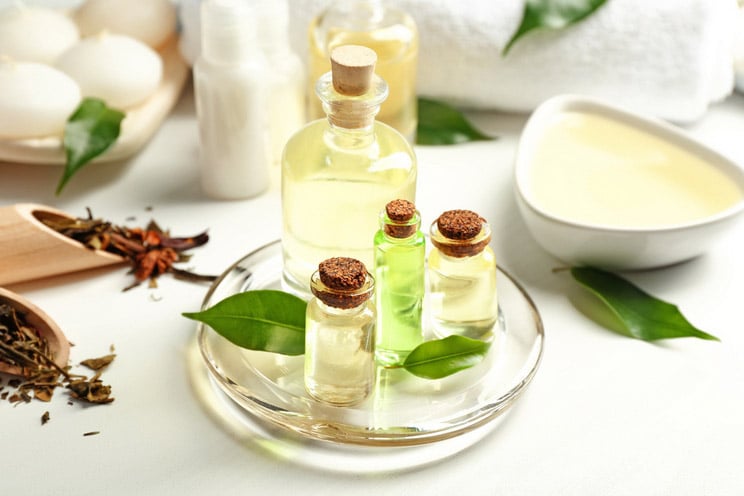
Tea tree oil, extracted from the leaves of the Australian plant Melaleuca alternifolia, has potent antifungal and antibacterial properties. It has been used throughout history for its antiseptic effects, where common practices involved sprinkling tea tree leaves on wounds and creating infusions to treat skin conditions and sore throats. (2)
Studies today show that tea tree oil lives up to its ancient hype, acting as a strong antifungal and antibacterial by essentially disrupting the cell membranes of fungal and bacterial cells. (3)
How to Use It: Create a 50-50 solution of a carrier oil (almond, olive, or coconut) and tea tree oil in a small glass jar. For example, you might want to start with 20 drops of almond oil plus 20 drops of tea tree oil. You might even consider adding a few drops of lavender essential oil, which also has antifungal properties.
Apply this mixture to your affected areas 2 to 3 times daily. If you’re wearing socks, make sure to change into clean ones.
2. Grab Some Garlic
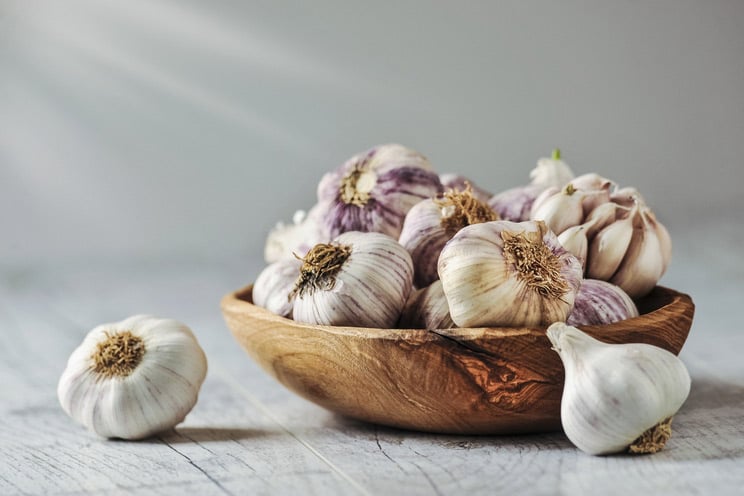
Love garlic? You’re in luck. A study from the Journal of the American Academy of Dermatology found that an antifungal compound in garlic was more effective at treating athlete’s foot than the mainstream fungal ointments, such as Lamisil. The cure rate for the garlic application was 100 percent in a sample of 47 participants. (4)
How to Use It: Crush 3 to 4 garlic cloves and place them in a basin with warm water. Soak your feet in the solution for 15 to 30 minutes, 2-3 times a day.
Alternatively, you can make a garlic ointment by blending 3 to 5 garlic cloves into a paste with olive oil and apply directly to the affected area 2-3 times per day.
3. Grapefruit Seed Extract
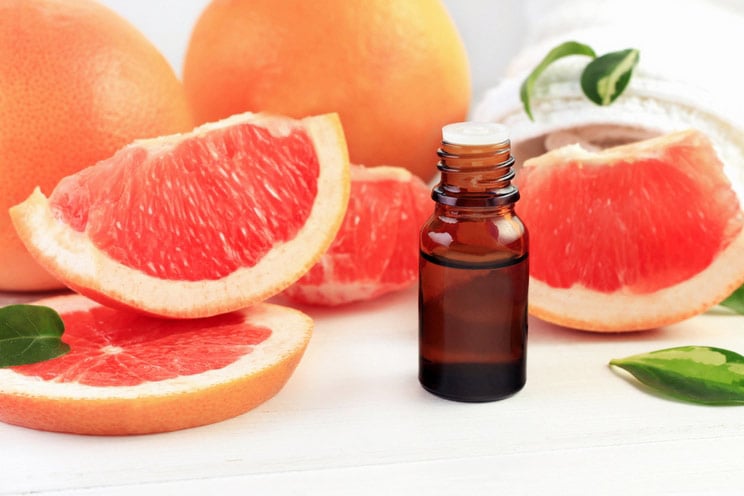
Image Credit: https://totalshape.com/
Grapefruit seed extract (GSE), harvested from the seeds of grapefruits, is a widely used remedy for all sorts of fungal and bacterial infections. Some even say it’s more powerful than tea tree oil.
Studies show even just a 33 percent extract of GSE exerts “potent antifungal activity” against yeast-like fungal strains. (5)
How to Use It: You can rub grapefruit seed oil diluted in a carrier oil on your feet twice a day, and add a few drops to a glass of water and drink for a one-two punch of fungal-fighting power.
4. DIY Antifungal Powder
If you’re looking to go the powder route to treat athlete’s foot, a simple one can be made using arrowroot or tapioca starch combined with a variety of antifungal essential oils, like tea tree and lavender oils. (6) The starch in this recipe will also help absorb moisture, which makes it harder for fungi and yeasts to thrive.
DIY Antifungal Powder
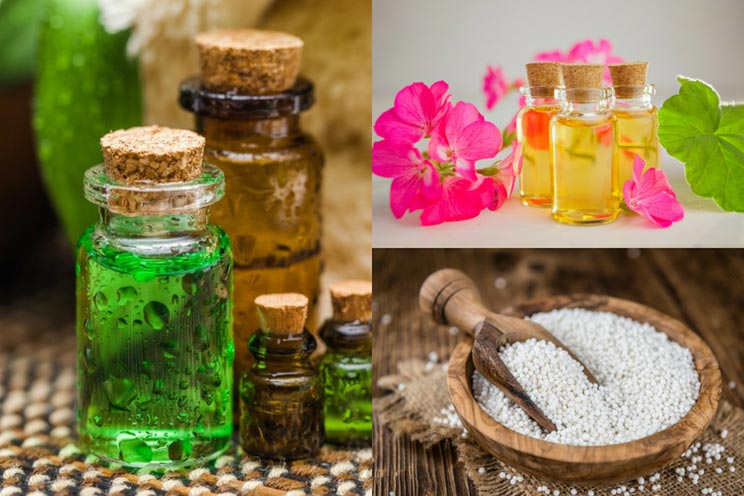

DIY Antifungal Powder
Tools
- Glass jar
Ingredients
- Tea tree oil: 15 drops
- Geranium oil: 8 drops
- Sage oil: 5 drops
- Peppermint oil: 1 drop
- Tapioca or arrowroot starch: 1/4 cup
Instructions
- Combine the oils with the starch in the jar, and shake until well distributed.
- Break up any clumps and sift until a smooth powder is formed.
- To use: Sprinkle this powder on your feet twice a day. You can also sprinkle it in your socks and shoes.
5. Apple Cider Vinegar
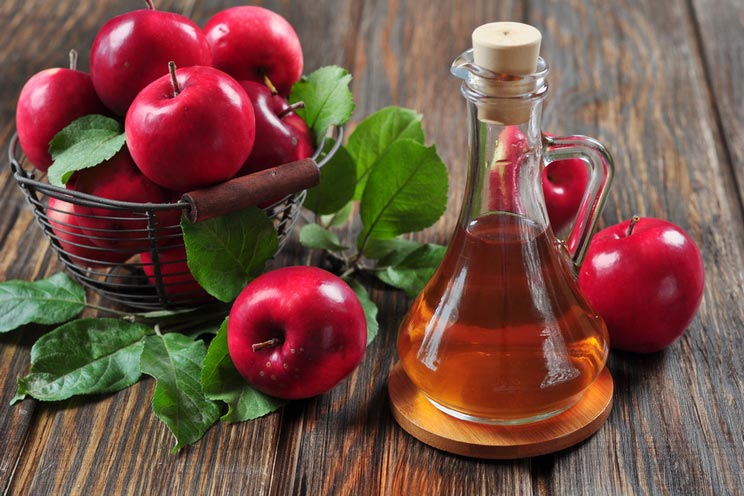
Apple cider vinegar has been praised as a cure-all for thousands of years, and ACV’s reputation remains strong in the face of athlete’s foot as well. Studies have shown that it has antifungal and antibacterial effects that can help fight against candida, the fungus responsible for athlete’s foot. (7)
How to Use It: Apply apple cider vinegar directly to the affected area twice a day. Alternatively, you can soak your feet in a basin filled with a 50/50 solution of apple cider vinegar and water.
6. Baking Soda
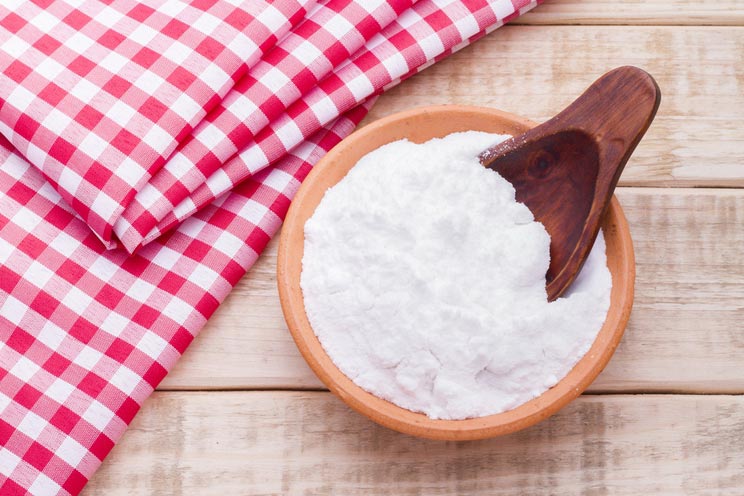
Breaking out the baking soda is probably one of the most affordable and convenient ways to treat athlete’s foot. Studies show it’s effective against a variety of fungal, mold, and yeast infections, including athlete’s foot. (8) Although the exact reasoning behind why it works remains unknown, theories suggest the alkaline nature of baking soda drives away and kills fungus.
How to Use It: Apply a paste made from 3 tablespoons baking soda and 1 tablespoon water to the affected area once daily. Let the paste dry, then wash off and pat dry.
7. Set Your Feet Free
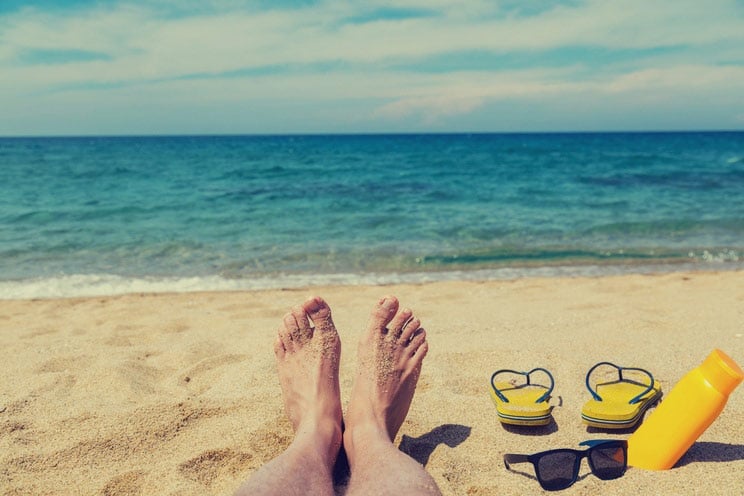
Air circulation and dryness are the enemy of most fungi. Trading in close-toed shoes with socks (which lock in moisture) for breathable sandals as often as possible will help clear athlete’s foot.
Additionally, you should also consider getting some sunlight on those toes! Ultraviolet light is a natural antibacterial and antifungal that can help fight infections. (9)
Bonus: Balance Your Bacteria
The best care for fungal overgrowths starts with balancing your gut flora. Make sure you’re consuming plenty of fermented foods rich in good bacteria, such as sauerkraut, kimchi, and raw kefir, while also getting in foods that “feed” your good bacteria, like Jerusalem artichokes and green bananas.
You might also want to look into supplementing with a good probiotic, or even going a little further by supplementing with natural antifungals like garlic and olive leaf extract.
Athlete or not, athlete’s foot can be a tiresome annoyance. Using some of these tips, along with improving your microflora, will go a long way in beating back this pesky fungus.
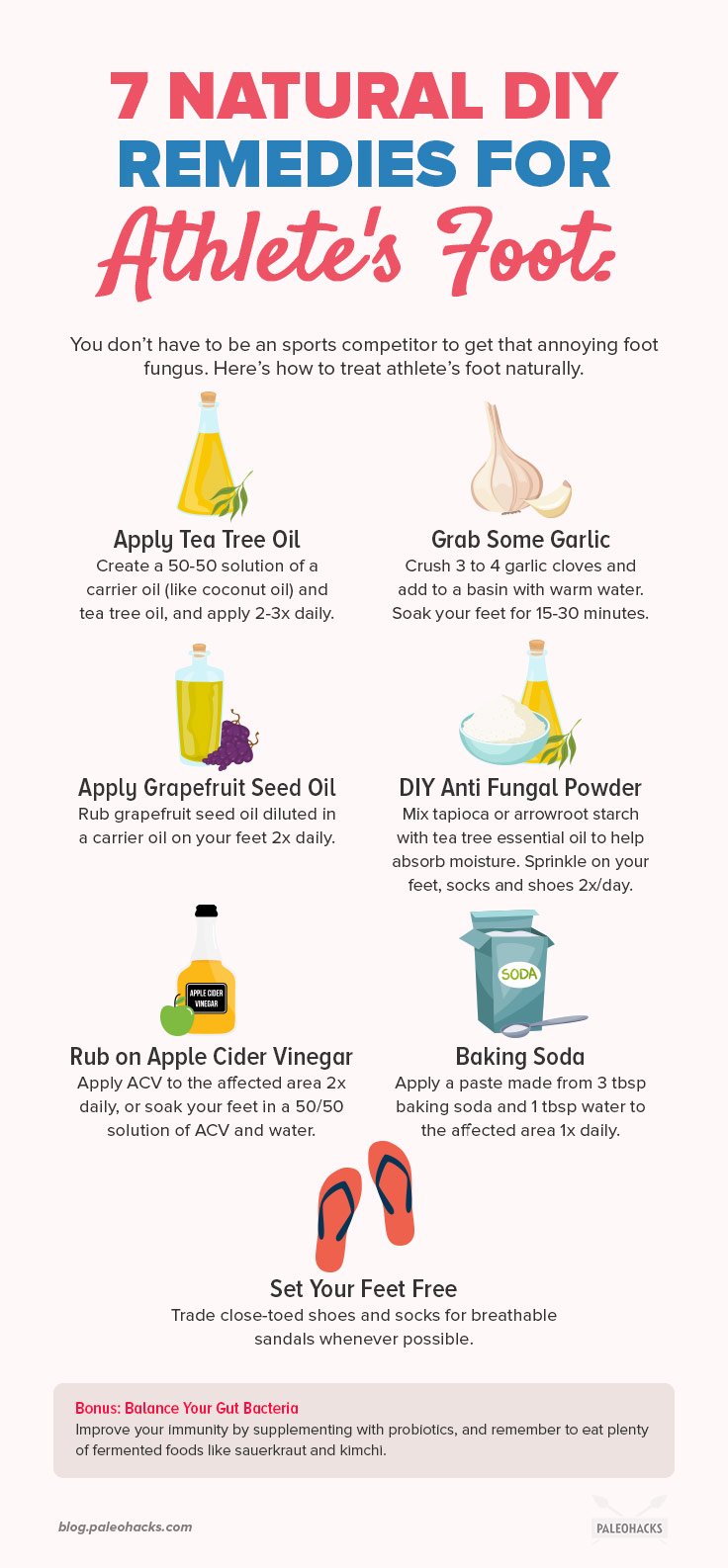
(Read This Next: This Is What Happens To Your Body When You Wear Heels


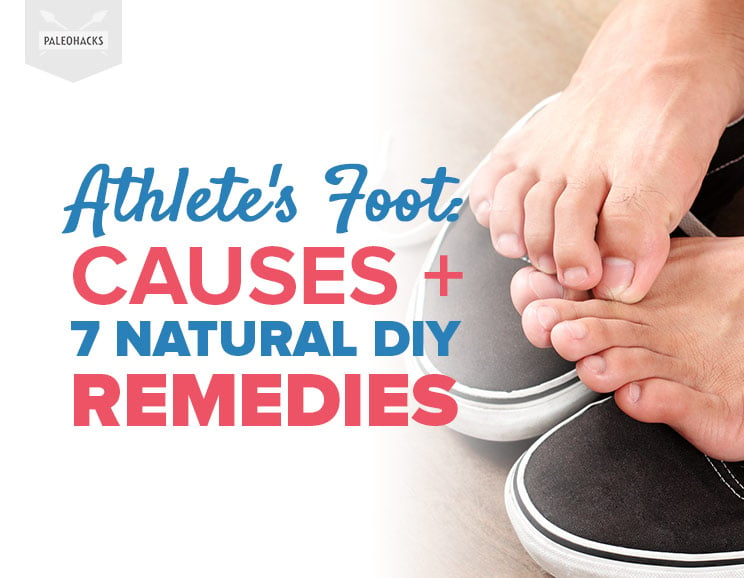




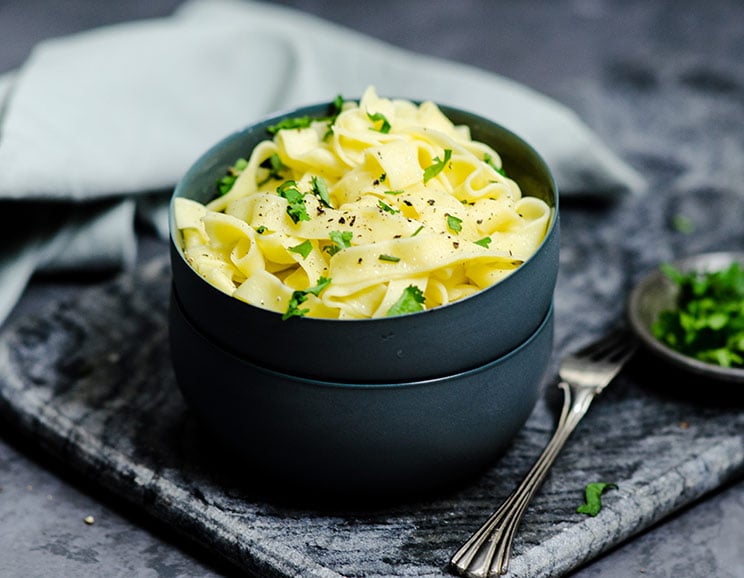 9 Healthy Gluten-Free Pasta Recipes
9 Healthy Gluten-Free Pasta Recipes
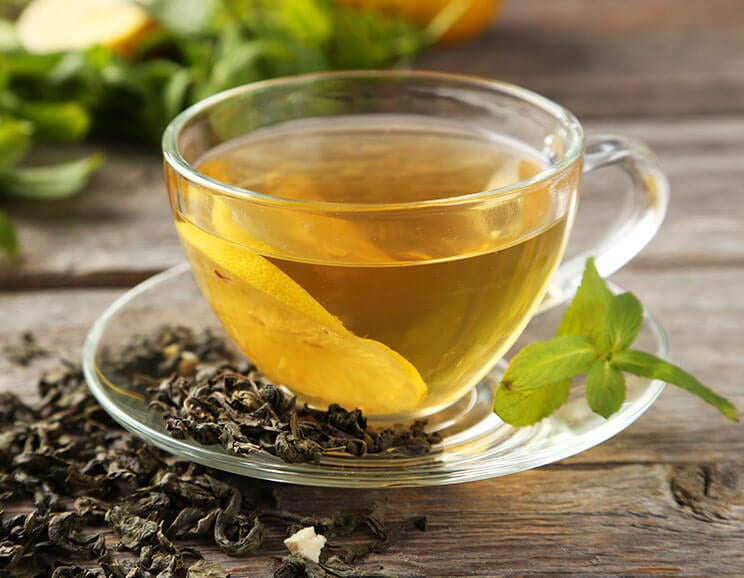
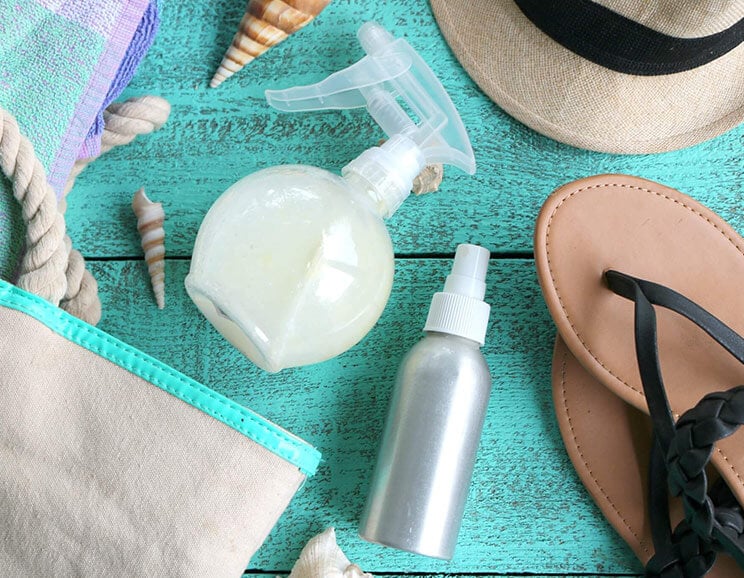
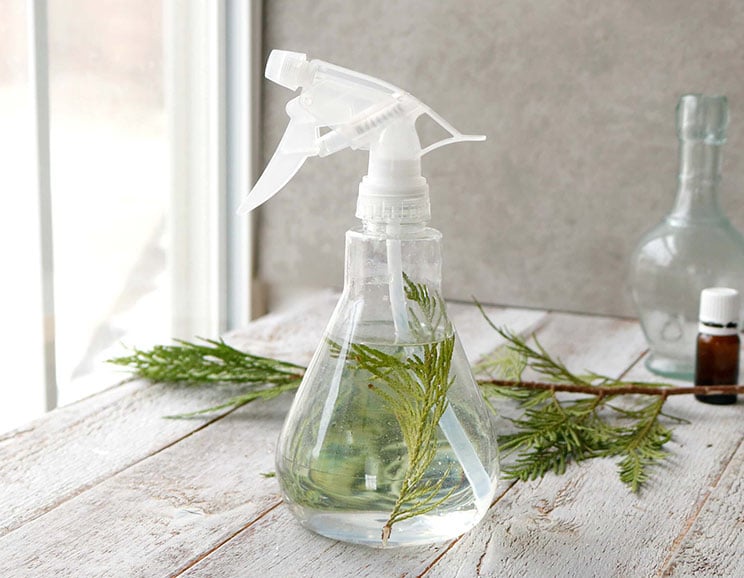

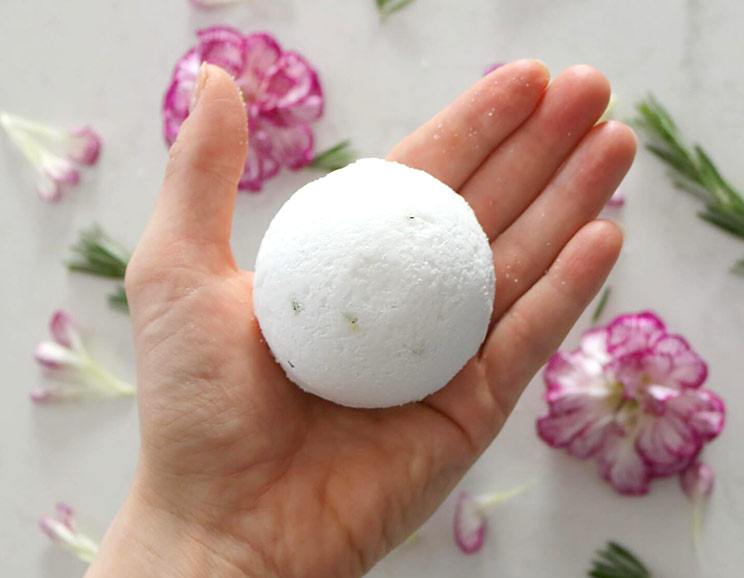


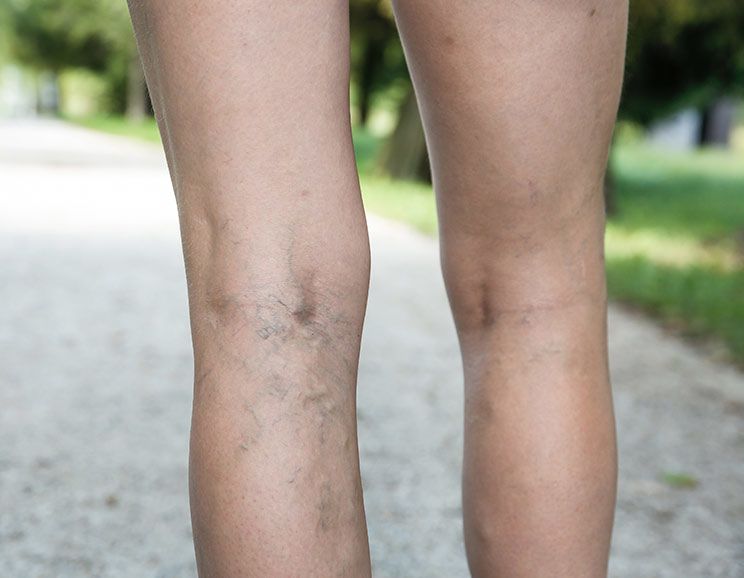
Show Comments